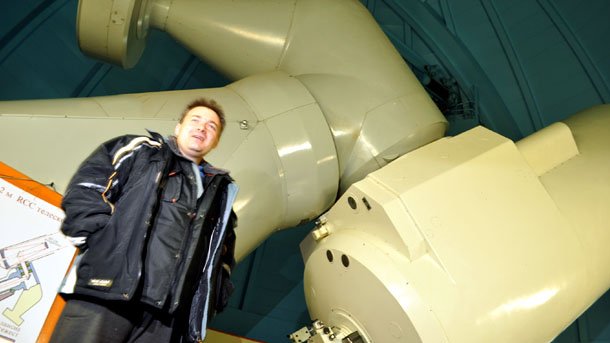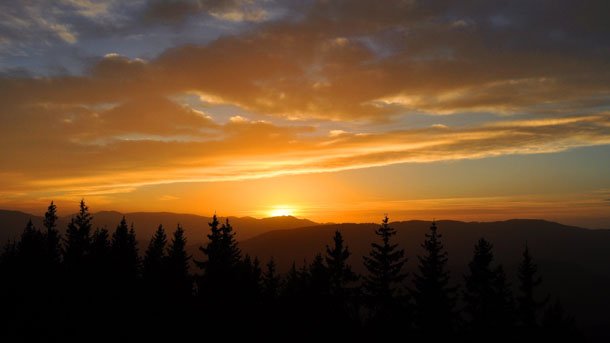

Summer can be unforgettable not only with a holiday by the sea, but also with a walk to the wild beaches of the Danube. Each of the towns along the banks of the great river has its own place where one can spread an umbrella and step..
From this summer, visitors to Vratsa can explore the mountain town through completely free guided tours modelled on similar tours offered in major European cities. The idea is to help a first-time visitor to the northwestern town acquire a general idea of..
Minister of Tourism Evtim Miloshev and Deputy Minister of Foreign Affairs Maria Angelieva discussed the measures taken by the Ministry of Foreign Affairs to facilitate the work of consular offices in third countries, which receive numerous..
Albena resort celebrated its 55th anniversary with 11,000 tourists, most of them from the Scandinavian countries, reported BTA. The number of..
Old Bulgarian villages with cozy guest houses, silence, walks in nature and delicious homemade food. Rural tourism is becoming a preferred form of..

+359 2 9336 661
